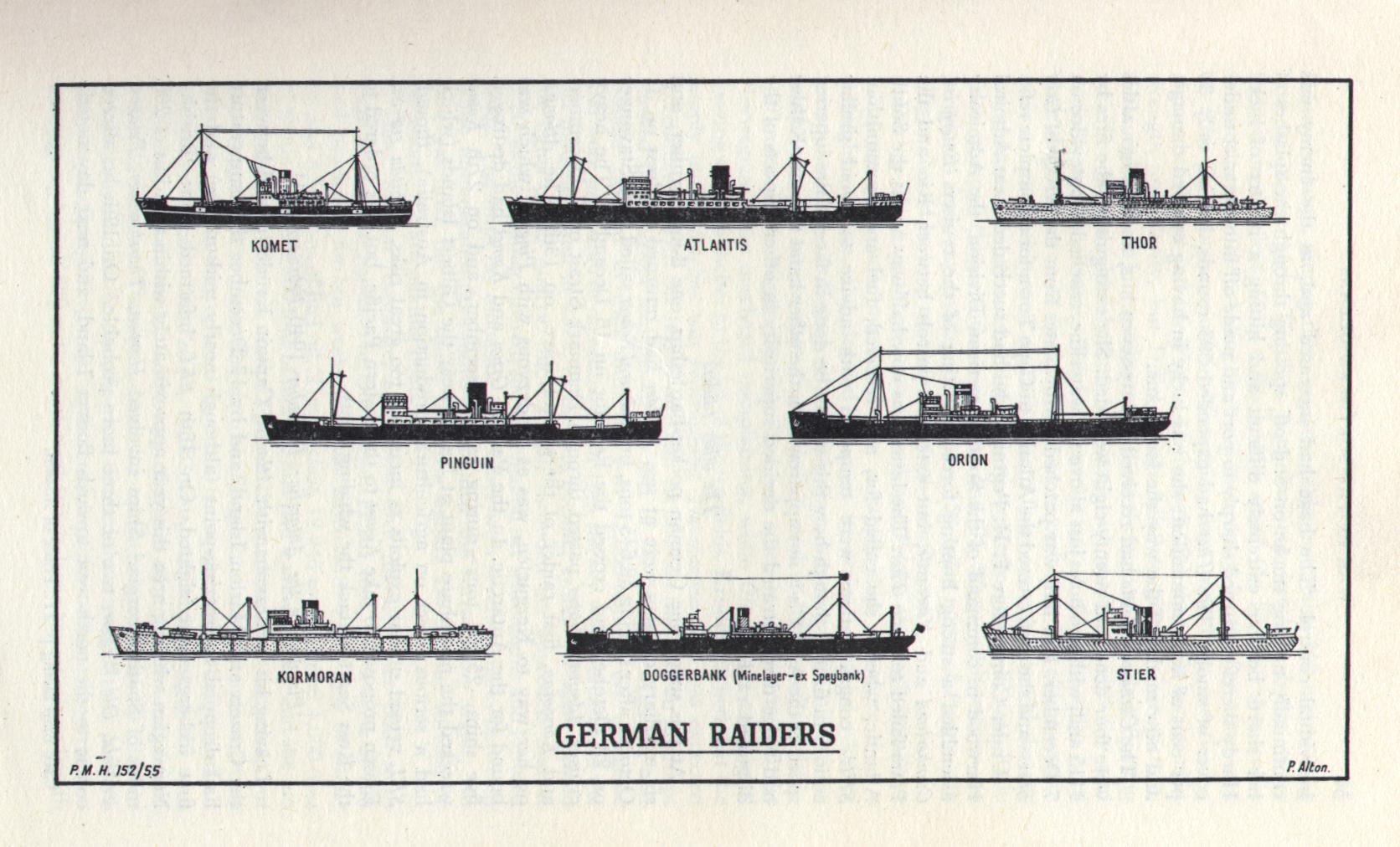spirit of a Western Naval Power. But we were all under no illusions that all this could rapidly change in the future.
At this stage it is worth looking at some further aspects of our capture that at the time we had no idea, but could have had a bearing on the main course and strategy of the war. As mentioned before, all the secret papers and codes kept on the bridge were destroyed by Captain Stratford by being thrown overboard in a perforated steel box. What had not been destroyed was the ordinary routine mail in the hold. Through a gross security breach, involving a “proverbial cock-up”, a highly secret Intelligence report from the Combined Operations Centre at Wellington, New Zealand, to the C-in-C British Eastern Fleet in Colombo was allowed to be stowed with general mail instead of with the other classified documents . This report showed that the Americans were well aware of increased Japanese activity in the North Pacific long before the attack on Midway on June 4th which was one of the most decisive naval battles of the whole war, and the turning point in the control of the vast Pacific Ocean. Before Midway the Japanese were the dominant Naval power and could dictate events, but thereafter having lost their whole carrier fleet, they were only in a position in future to react to them, making their eventual defeat inevitable.
The knowledge that the Americans had gained of the direction of the Japanese attack could only have come from the cracking of the Japanese Naval code JN25. The mail was transferred from the Thor to the Regensberg but the report did not arrive in Admiral Wenneker’s office in Tokyo until July 18th almost 6 weeks after the battle of Midway, and it was a further month before he was authorised by Berlin to pass on the information. Immediately after this the American “Ultra” codebreakers found that there was a complete black out of Japanese radio transmissions until new codes were installed. It was not until late 1943 that the Americans could once again decipher and start reading their new replacements. Had Gumprich on “Thor” been quicker off the mark, like his colleague Rogge on the Atlantis, in getting vital information to where it was needed fast, and had the German Naval Authorities also been more quickly geared up to utilizing Intelligence reports gleaned from the field of action, things could have been very different at Midway.
I now had a chance to view our new surroundings on the “Regensburg” more closely. There was first of all far more space and above all much more freedom to move around at will. The women and children were in the aft section in the upper part of a hold towards the stern of the ship that had been converted to take hammocks and other living necessities such as tables and benches. One reached it down a flight of wooden steps through a partially opened hatch cover, and then the interior was lit by very low power bulbs, sufficient to just see, but not to read. At the base of the steps there was a large oil drum filled with drinking water which was topped up daily from which one could help oneself at any time. On one side of the vessel were latrines which being well above the water line worked cleanly and well with sea water without the necessity of pumps. At midday the usual thick wholesome soup and plenty of bread was provided. From the 15th to the 25th May the Regensburg had the Nankin on a very slow gentle tow, more I suspect to keep the ships together whilst work proceeded moving stores, than for actual movement.
Next day on the 15th May there was tremendous activity on deck, with a continual loading of cargo which was being constantly transported from the “Nankin”, from early dawn to dusk in large inflatable dinghies about 30 ft long that were towed to and fro by the “Regensburg’s launches. All the food supplies that had been destined from Australia to the British Army in Burma, were now being utilised as most welcome provisions for the German Navy. Crates of tinned butter, baked beans. spam, fruit
Page 4/8 Next Page


